Having a website is like owning a small island in the huge digital ocean. You want people to come, but what’s the purpose if they can’t locate your island? That’s where search engine strategies come in! These tips will help your website get more visitors by making it easier to find and work better. So, get your sunscreen and let’s get started with some great tips that might make your little island into a busy paradise!
Top Takeaways and Key Concepts
→ Conduct targeted keyword research to guide your content and SEO strategy.
→ Optimize meta tags effectively to improve click-through rates in search results.
→ Create high-quality, helpful content that answers user questions clearly.
→ Ensure full mobile responsiveness so visitors can browse easily on any device.
→ Build authoritative backlinks to strengthen credibility and boost rankings.
Summary of This Article
This article explains how to improve your website’s visibility by using practical and reliable SEO strategies. You learn why keyword research matters, how strong meta tags attract more clicks, and why quality content keeps visitors engaged. The article also highlights the importance of mobile optimization now that most users browse on their phones. Plus, it breaks down how gaining backlinks from trusted sites boosts your authority. Altogether, these tips show you how to turn your website from a quiet corner of the internet into a thriving, well-trafficked destination.
Contents of This Page
Understanding SEO Basics
Let’s start by talking about SEO, which stands for Search Engine Optimization. Think of it as the spell that makes search engines know what your site is about. It’s not enough to merely put keywords around; it’s like crafting a tasty sandwich. To make something good, you need the proper amounts of the appropriate things.
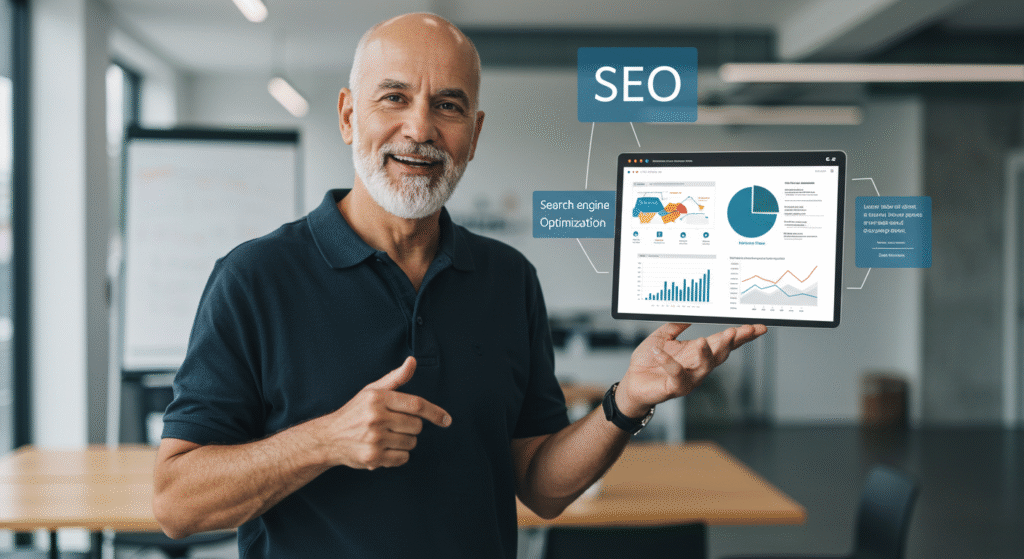
First and first, keyword research is very important! Keywords are like the secret sauce that makes folks want to come. Tools like Google Keyword Planner and Ubersuggest can help you find popular words and phrases that are connected to your niche. You can tell search engines what topics you cover by including these keywords in the right places in your text, such as in headers and subheadings.
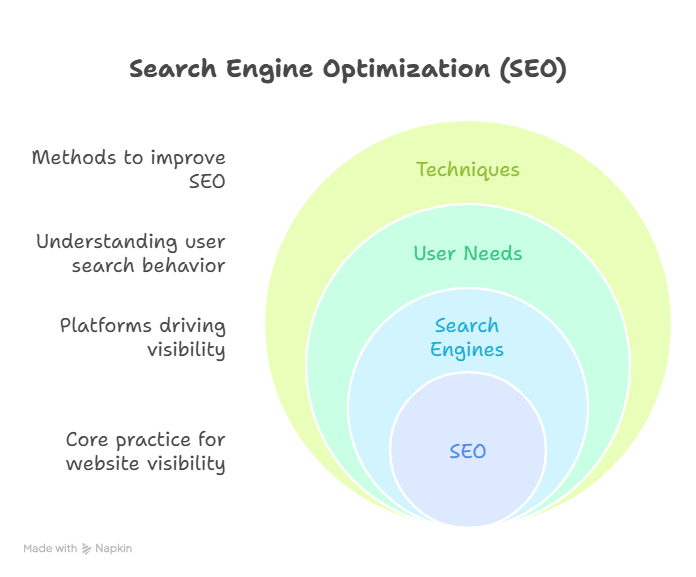
But hold on, there’s more! Another key part of this puzzle is optimizing meta tags. Meta titles and descriptions are like the windows of your website’s store. They should be interesting enough to make people want to come in. Think about walking down a street with stores on both sides. Some have bright, vibrant displays that capture your eye, while others are dreary and lifeless. Which store would you like to go into? That’s right! You want your meta tags to stand out like a neon sign at night.
Making these small gems needs a careful balance. Your meta title should be short but descriptive, and it should be between 50 and 60 characters long. You should put your main keyword here because search engines pay a lot of attention to it. But don’t just add keywords for the sake of it! It should flow effortlessly; if it doesn’t, it could sound like someone is trying too hard at karaoke, which is awkward and off-key.
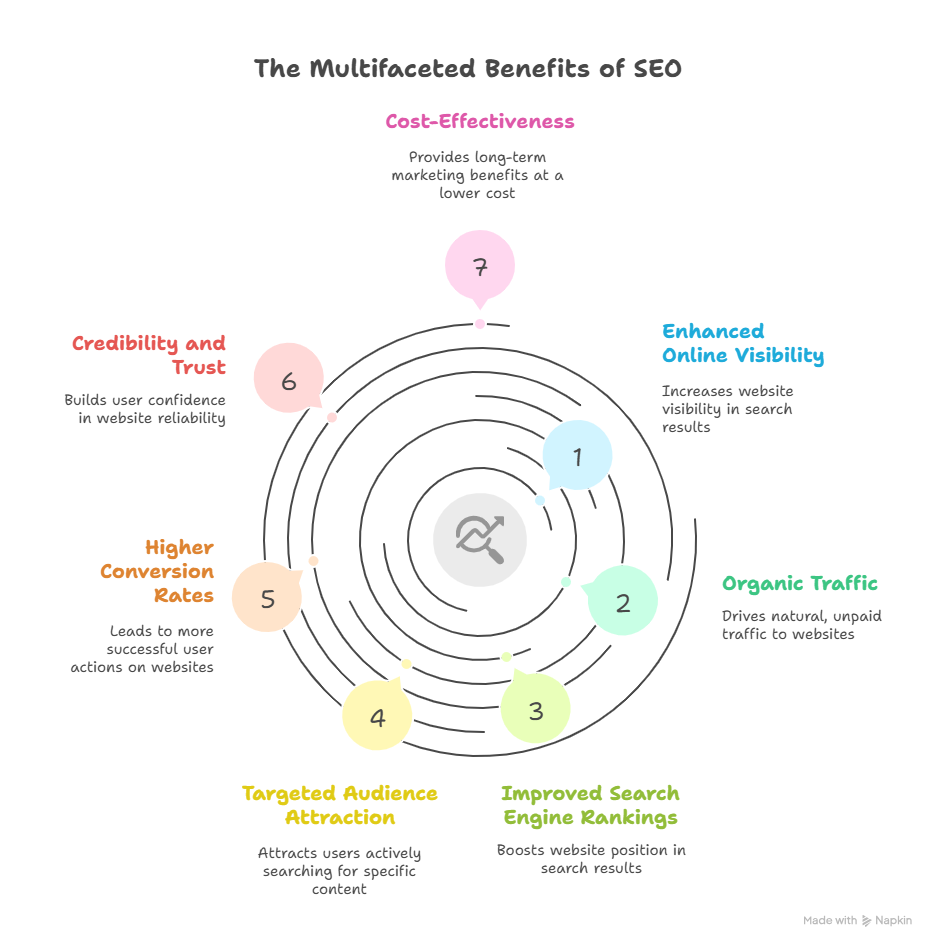
Next, let’s talk about the meta description. This short piece, which is normally between 150 and 160 characters long, gives a quick overview of what viewers may expect if they click through. Think of it as a simple way to get people interested in your material. Use language that encourages action and inquiry, like “Learn how our cutting-edge solutions can change the way you live your life!” Do you see how that seems interesting? It gets people interested without sounding artificial or forced.
You could also want to add a call to action (CTA) to your description. “Learn more,” “Join us,” and “Get started today” are all phrases that make people want to go from browsing to clicking. It’s like getting someone to dance when their favorite song comes on!
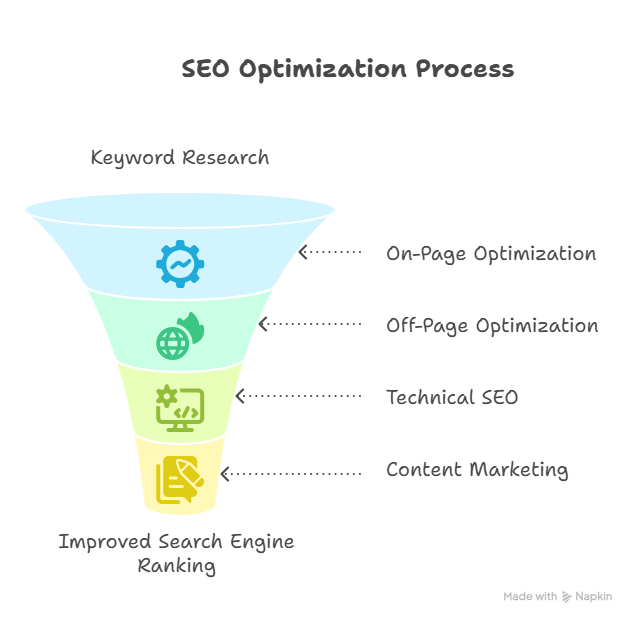
And here’s something to keep in mind: search engines may change these tags based on what users are looking for or how relevant they are. Don’t be surprised if Google changes your ideal description a little bit here and there. In the end, though, having well-optimized meta tags makes it more likely that people who encounter them in search results will click on them.
In the end, optimizing your meta tags isn’t just another item on an SEO checklist; it’s about making people want to click on your links when they search online. If you do them well, they may be really useful for getting more visitors and making your website work better overall. So get to work!
Content Quality Matters
Now that we’ve gotten the basics out of the way, let’s talk about the quality of the content. No one likes to read dull things! I mean, have you ever tried to read an article that seems longer than a Tolstoy book? Oh no! Interesting content keeps people on your page longer and makes them want to share it with their friends.

When you write, keep in mind that your audience wants to know the answers to their queries or how to fix their problems. What do they want to learn? What problems are they having? Readers will feel like they hit the jackpot when they find your site if you give them useful information.
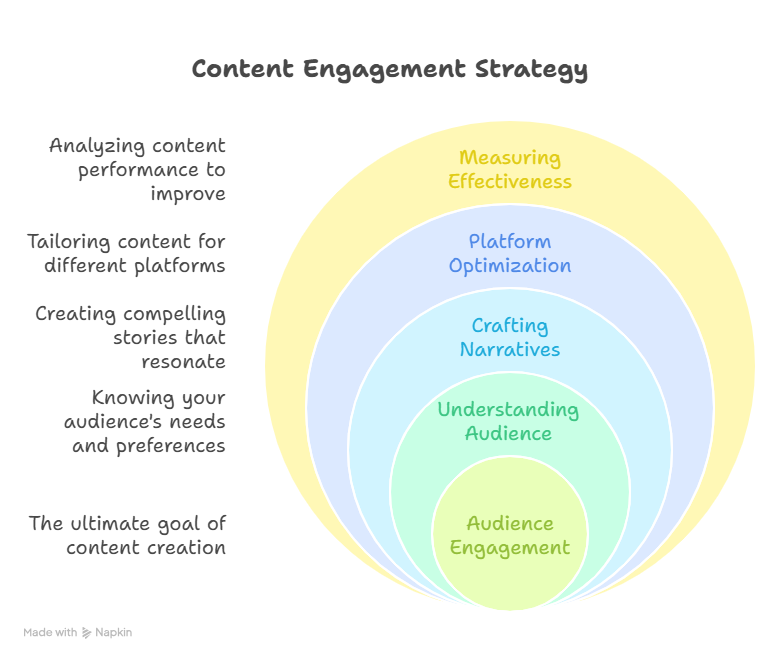
Also, don’t forget about how things look! It’s like the secret ingredient that can make your material go from “meh” to “wow!” Picture yourself at a luxury restaurant. You wouldn’t want to eat a tasty meal on a paper plate, would you? The way you present matters! Also, adding bullet points or pictures to text makes it simpler to read, like giving tired readers a comfortable chair instead of making them stand at attention.
Let’s be honest: no one wants to read a huge wall of text that appears scarier than a math test. Using bullet points breaks up information into small, easy-to-read, and visually appealing chunks. For example, bullets make it simple and to the point when you list tips or features. Plus, they make your layout more interesting, which keeps readers interested. It’s like putting sprinkles on a cupcake that already tastes good. Who doesn’t love sprinkles?
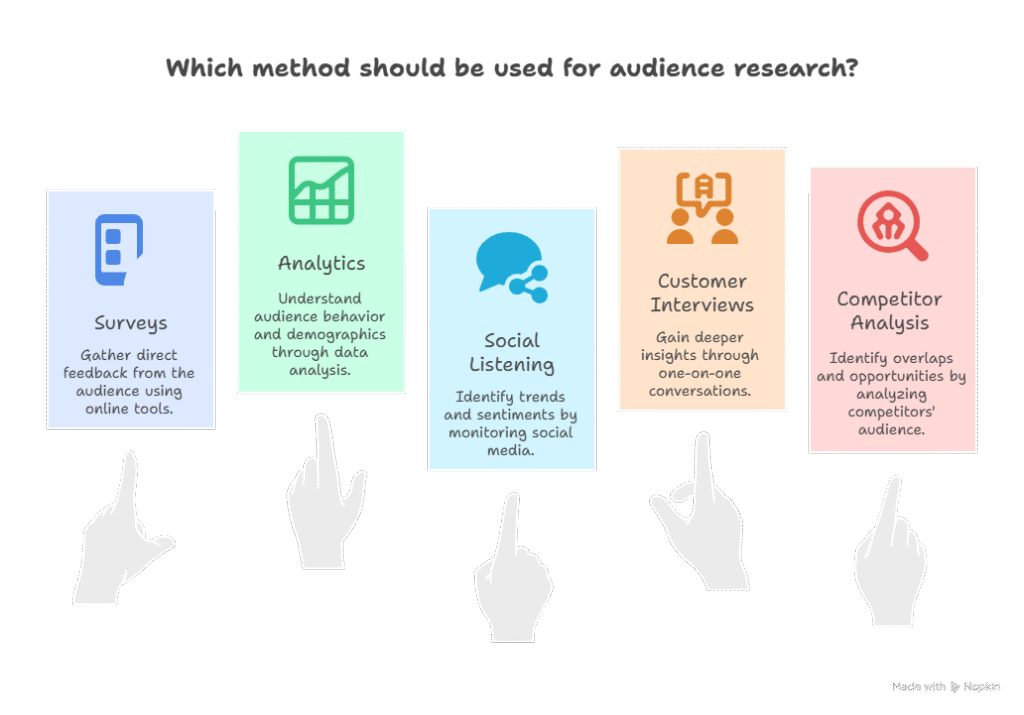
Now let’s speak about headers, which are like little signs that point the way throughout your content. It’s very important to use a lot of headers (H1s and H2s) because they help readers find their way through your text. The H1 is usually where your major title goes. It’s like the big entrance to your theme park! Next are the H2s, which split up parts into smaller, easier-to-manage pieces. They help readers find what they’re looking for without having to trawl through paragraphs like they’re looking for hidden treasure.
Using these headers correctly not only makes the text easier to read, but it also helps with SEO. These tags help search engines better grasp the structure and meaning of your content. When you add relevant keywords to those headers, it’s like waving a flag that says, “Hey search engines! This way! Just keep in mind that too many headers can make things more confusing instead of clearer.
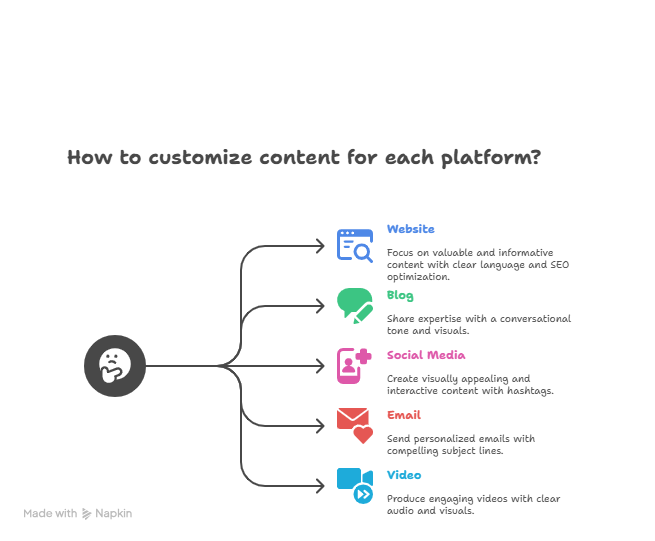
Adding pictures to well-organized text also helps people understand and remember what they read. Sometimes, words can’t explain complicated ideas as well as a relevant picture can. For instance, if you’re telling someone how to make cookies, displaying them a picture of gooey chocolate chip cookies just out of the oven can make them drool and want to click through!
In short, formatting isn’t something you do at the end; it’s an important part of how people use and interact with your website. You can make your site more welcoming and keep people on it longer by using bullet points and headers judiciously. They might even share their new cookie recipe with friends! Don’t forget how important correct formatting is; make it a part of your content strategy!
Mobile Optimization Is Key
Speaking of journeys, let’s not overlook mobile optimization—it’s essential in today’s world where everyone seems glued to their smartphones! If your website isn’t mobile-friendly, it might be time for an upgrade because trust me; frustrated users will bounce faster than popcorn kernels in hot oil!

To ensure mobile optimization, use responsive design techniques so that your site adjusts seamlessly across different devices. Check how easy it is for users to navigate menus or click buttons on their phones compared to desktops. If navigating feels like trying to solve a Rubik’s cube blindfolded… well, you might need some tweaks!
Interestingly enough, Google has shifted gears and now prioritizes mobile-first indexing. This means that if your website isn’t optimized for mobile devices, you could be missing out on a significant chunk of potential traffic from search engines. Think about it: how many times have you found yourself scrolling through social media or browsing the web on your phone while waiting in line or lounging on the couch? It’s become second nature! In fact, a vast majority of internet users access websites via their smartphones these days.
Now, let’s break this down a bit further. Mobile-first indexing essentially means that Google looks at the mobile version of your site as the primary version when determining rankings in search results. So if your website is all dressed up for desktop but looks like it just rolled out of bed on mobile, you’re likely to lose favor with both Google and your visitors. Imagine visiting a restaurant where the menu looks fabulous online but is completely different—and not in a good way—when you arrive. Disappointing, right?
To be fair, optimizing for mobile isn’t just about shrinking text and images; it’s about creating an experience that’s seamless and user-friendly. You want your visitors to feel like they’re gliding through your content rather than stumbling over clunky navigation or squinting at tiny text. Simple changes can make a world of difference! For instance, ensuring buttons are large enough to tap easily without accidentally hitting nearby links can save everyone from frustration.
Moreover, page load speed plays a crucial role here too. If your site takes longer to load than it takes for someone to brew a cup of coffee—well, good luck keeping those visitors around! Research shows that even a one-second delay can significantly increase bounce rates. I mean, who wants to wait around when there are cat videos waiting to be watched instead?
Speaking of visuals, responsive design is essential for adapting content across various screen sizes without compromising quality or usability. A responsive site adjusts automatically based on the device being used—like magic! This ensures that whether someone’s using an iPhone, Android tablet, or even an old-school flip phone (if those still exist), they’ll have an enjoyable experience navigating through your site.
Lastly, don’t forget about local SEO strategies when optimizing for mobile users. Many people use their phones to search for nearby services while they’re out and about—so including location-based keywords can help attract local traffic effectively.
In summary, embracing mobile-first indexing isn’t just smart; it’s necessary in today’s digital landscape! By ensuring that your website is fully optimized for mobile devices—from layout and design to speed—you open up doors for more visitors and better engagement overall. So, take some time to evaluate how well your site performs on smaller screens; after all, every little tweak could lead to increased visibility and traffic from search engines!
The Power of Backlinks
But let’s talk about backlinks now, because they’re like votes of confidence from other websites that say “Hey! This site really knows what it’s talking about! When good sites link to yours, it shows Google that your site is trustworthy and has authority.

It’s not just luck that you get backlinks; you need a plan! Think about getting in touch with individuals in your niche to guest blog or work together. Sharing each other’s work can help both of you get more exposure and reach new audiences.
Focusing on making content that people want to share can also make a big difference in how visible your website is. You know how some things just seem to spread like wildfire? Infographics and interesting films get shared a lot more often than regular text articles. It’s like having a party where everyone wants to dance instead of just sitting around and drinking cold coffee. Who wouldn’t want that?
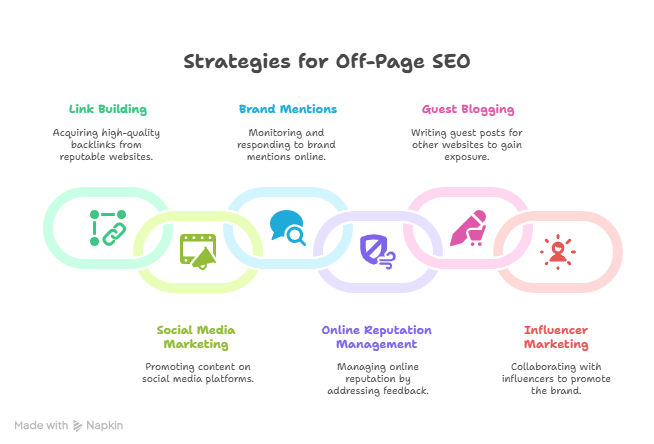
Let’s talk about why pictures are so strong. First of all, our brains are set up to comprehend pictures considerably faster than words. Studies show that individuals remember 80% of what they see but just 20% of what they read! When you make infographics that are full of relevant information and look great, you’re not just sharing data; you’re making memories. Think about how fun it would be to convey hard subjects using bright pictures and smart layouts. It’s like turning a boring lecture into a fun comic book!
The effect is significantly stronger when we talk about videos. Videos can make you feel things that words or pictures alone can’t. Video content has a special way of connecting with people, whether it’s a funny comedy or an inspiring story. And let’s be honest: who doesn’t like seeing cute puppies do goofy things or someone try (and fail) to cook? People are more likely to share this kind of content than you can say “cat video.”
But here’s the catch: making content that people want to share isn’t just about making it seem good; you also have to know what’s popular and what your audience is interested in. If there’s a meme going around online, why not make it your own and relate it to your niche? It demonstrates that you know what’s going on in the world and that you can have fun with it.
Also, think about adding interactive parts to your posts. Quizzes or polls can make people more interested in what you have to say. People are much more inclined to tell their friends and followers about their experience when they feel connected and invested. It’s like letting them join the discourse instead of talking down to them from a podium.
Working with influencers or other artists in your sector is another wonderful way to get things done. It’s like having a golden ticket to an exclusive event when they share your infographic or movie with their followers. People that follow them trust their advice and are more likely to look at what you’ve made.
Finally, don’t forget how powerful social media sites can be for getting the word out about this stuff. Pinterest is a great location to share those infographics because it loves visuals. TikTok and Instagram Reels are other great places to publish short videos since consumers appreciate rapid bursts of creativity. Each platform has its own feel, and adjusting your strategy to fit that can greatly boost shares.
In short, adding some creativity to your articles by focusing on content that people want to share is important for getting more people to see them and interact with them. If you use infographics and movies with interactive elements and stay up to date with what’s popular, you’ll not only share knowledge but also start conversations all over the internet! Who knows? Your next article could be the most popular thing on the internet!
Analyzing Performance with Tools
We can all agree that it’s important to know how effectively our strategies are working. That’s where analytics tools come in, like knights on white horses! You can learn about how visitors act by using tools like Google Analytics: Are people leaving after two seconds? Or are they joyfully clicking around?
You can learn a lot about what’s working and what’s not by looking at metrics like page visits and average session length over time. Changing strategies based on facts makes sure that things keep getting better instead of merely guessing what to do.
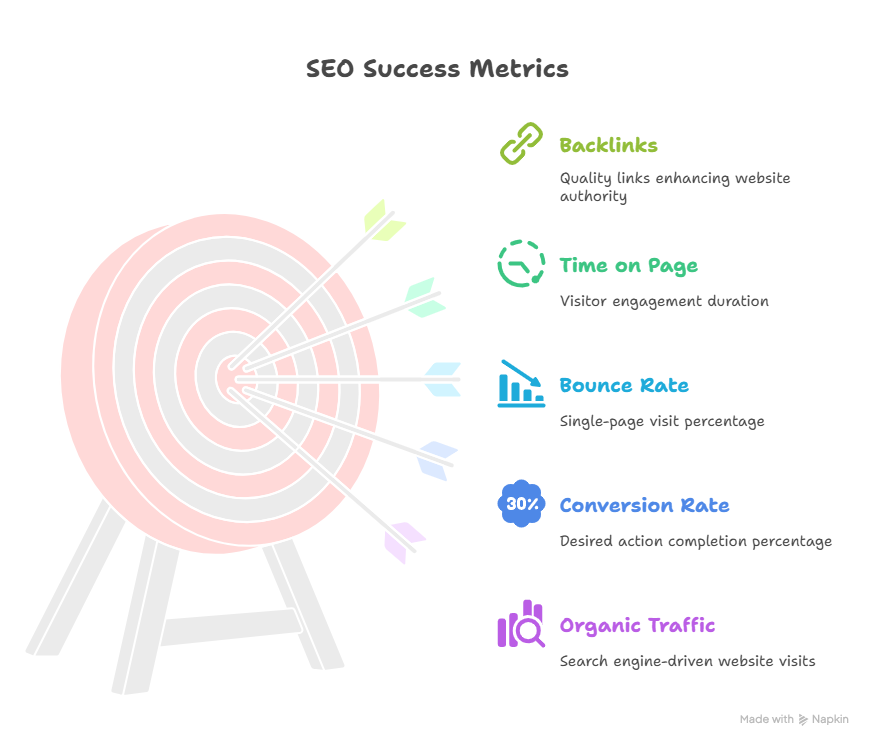
And speaking of that, creating explicit targets in your analytical tools is like having a treasure map for your website’s journey. If you don’t have defined goals, you can just be meandering around, hoping to find hidden wealth. Setting these goals provides you a clear sense of direction and purpose, whether you want more traffic or more people to connect with your content.
Let’s go over this in more detail. Picture yourself on a road trip without a GPS. Sure, it could be fun to drive around on random backroads, but wouldn’t it be easier if you knew where you were going? Your website metrics are the same. You can focus on what really matters when you set measurable goals. Instead of just expressing, “I want more visitors,” consider saying, “I want to get 30% more visitors to my site every month in the next quarter.” That aim has some teeth now!
Once you’ve set these goals, it’s important to check on your progress often. This is where analytics tools come in. You may think of them as your reliable co-pilot who will help you along the road. One of the most popular choices is Google Analytics. It shows you who is visiting your site, how they found you, and which pages they spend the most time on. You can find trends and patterns in this data that can help you improve your plans by looking at it closely.
But here’s the thing: just keeping track of statistics isn’t enough! You also need to look at them. If you see more people coming to your site after you write a blog article about gardening ideas (who knew so many people were interested in composting?), it could be time to write more posts on that topic! But if some of my posts are doing worse than my attempts to bake bread during quarantine, it might be time to rethink things.
Also, don’t forget to set goals for engagement as well as traffic! It’s not enough to just encourage people to come in; you also need to make sure they stay long enough to enjoy the party (or at least look at the snack table). Bounce rate and average session time are two examples of engagement metrics that show you if visitors are interested in what you have to offer or if they’re leaving faster than I do when I see spiders.
Think about setting up regular check-ins, such weekly or monthly reviews, to make sure everyone is on the same page and working toward success. During these sessions, figure out what’s doing well and what needs to be changed. Are individuals passing your articles around? Are they making comments? It’s often just as vital to engage with content as it is to turn up!
Another good way to find out what works best for your audience is to use A/B testing on different parts of your site, such headlines and graphics. You can test things out without worrying about them going wrong. It’s like trying different pizza toppings until you find the right one (pineapple lovers unite!).
Last but not least, keep in mind that being flexible is important! You should constantly be ready to change with the times and the tastes of your audience. This will keep you going forward instead of getting stuck in neutral.
In the end, creating explicit goals in analytical tools isn’t just busywork; it’s necessary for keeping track of progress! You’ll be on your way to more success with your website before you know it if you set clear goals and keep an eye on important metrics while being flexible enough to change course when required. So get ready; we’re going to tackle the digital highways together!
Conclusion: Putting It All Together
So, there you have it: the most important search engine tips that will help your website work better! All of these things work together perfectly, like an orchestra playing a beautiful symphony. They include learning the basics of SEO, making good content, optimizing for mobile users, and generating important backlinks.
In fact, using these tips could turn that lonely island into a busy hub full of tourists who want to see what you’ve made!
Suggested Resources
SEO Basics: A Beginner’s Guide
https://moz.com/beginners-guide-to-seo
The Importance of Backlinks
https://ahrefs.com/blog/backlinks/
Mobile-First Indexing Explained
https://developers.google.com/search/mobile-sites/mobile-first-indexing
How To Analyze Your Website Traffic
https://www.searchenginejournal.com/analyze-website-traffic/
Creating Shareable Content
https://neilpatel.com/blog/shareable-content/
Frequently Asked Questions
What is the first step to improving website SEO?
Conducting keyword research is the first step because it helps you understand what users search for and guides your content strategy.
Why are meta titles and descriptions important?
Meta titles and descriptions act as previews in search results, helping attract clicks and improving visibility when optimized correctly.
How does high-quality content impact website performance?
High-quality content keeps visitors engaged, answers their questions, and signals to search engines that your site is valuable.
Why is mobile optimization essential?
Mobile optimization matters because most users browse on their phones, and Google ranks mobile-friendly sites higher through mobile-first indexing.
What role do backlinks play in SEO?
Backlinks act as endorsements from other reputable sites, boosting your domain authority and improving search rankings.
How can visuals improve my content’s performance?
Visuals like images, infographics, and videos make content more engaging and easier to digest, increasing shareability and user retention.
Why should I analyze my website’s performance regularly?
Regular analytics reviews help you see what works, identify issues, and adjust strategies based on real data rather than guessing.

Kevin Collier is a seasoned writer and technology enthusiast with a passion for exploring the latest industry trends. With a background in digital marketing and content creation, he brings insightful perspectives to imhits.com on emerging technologies, innovations, and their impact on everyday life. When he’s not writing, Kevin enjoys experimenting with new gadgets and sharing his knowledge with fellow tech aficionados.





